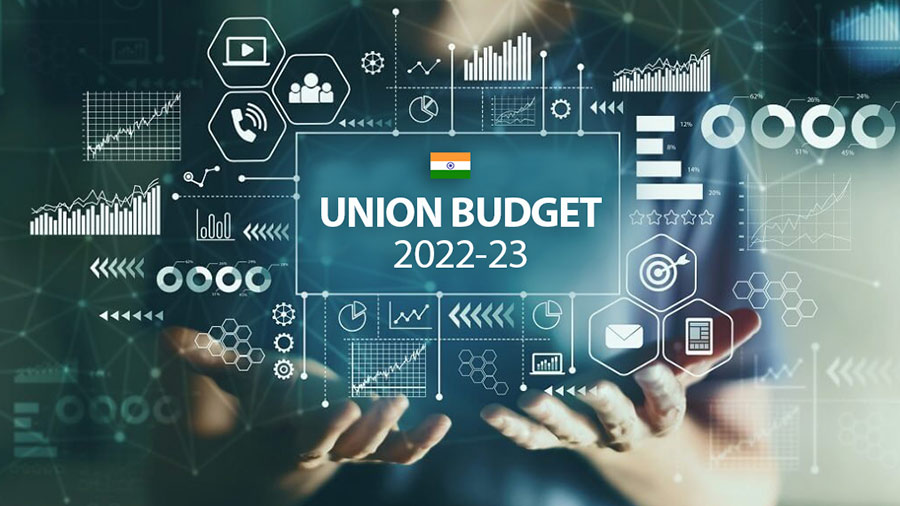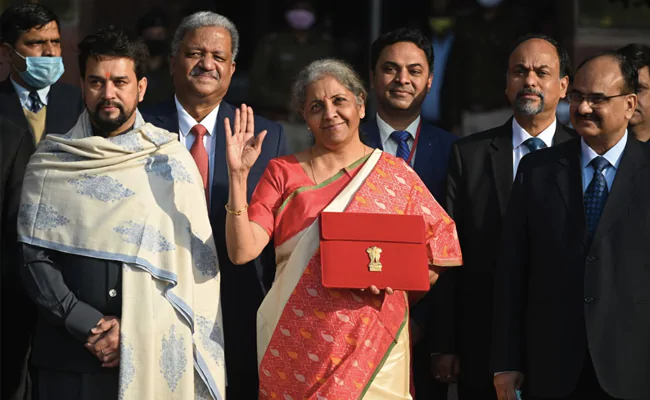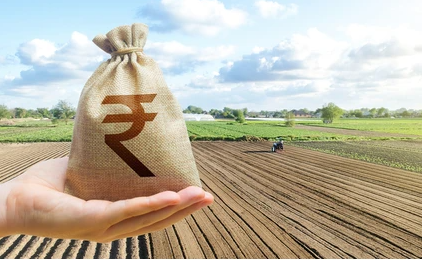
Finance Minister Nirmala Sitharaman presented the Union Budget on February 1st, 2022 in the Parliament. Amidst the continuing uncertainties due to COVID-19, this was the second budget aimed at boosting the growth of several sectors. There were a host of measures put in place for different sectors in order to curb the rising inflation in the economy. This budget however did not create a populist buzz as there was not a lot for a common man in it.
It was notified that India’s growth rate was the highest among some of the major economies and it is now in a position to withstand future challenges, if any. The government also aims at increasing the public and capital spending in order to provide an impetus for growth by creating positive sentiments around the same. It was also announced that the public issue of LIC is expected to be held shortly.

In terms of the tax regime in the economy, not much has changed. Although the taxpayers expected a change in the personal tax structure in order to provide them some relaxation due to the ongoing pandemic, there were very few changes to the same. Henceforth, they promised a stable and predictable tax regime. The tax on any digital asset transfer will be levied at a rate of 30% by the government. Any gift pertaining to cryptocurrencies will be charged at the receiver’s end. The government also extended the window to file ITR to factor in any omissions that might have taken place.
To promote manufacturing of certain wearables, and other specific mobile components, the government will provide custom duty concessions on these electronic devices. The government also plans on launching a digital ecosystem for skilling in order to provide the necessary livelihood to people. Desh-stack e-portal to be launched by the government to promote digital infrastructure in the economy.

In the transportation sector, the government has completed the strategic transfer of ownership of Air India. The masterplan for PM Gatishakti expressways is to be formulated in the next year and the respective terminals are to be set in the next 3 years. With this, the government aims to create new job opportunities in the economy for the younger population.
There was a further allocation of 60,000 crores for providing access to tap water to the households. For recommendations on urban capacity building, planning execution, and governance, a high-level group of urban planners and economists will be constituted. Udyam, e-shram, NCS, and Aseem and other MSMEs websites will be interconnected, which will expand its scope. They will now function as portals with live organic databases, providing G-C, B-C, and B-B services such as credit facilitation and expanding entrepreneurial opportunities.

Ministries for procurement will establish an entirely paperless, e-bill system and farmers will be given financial assistance to begin agroforestry. The government will promote chemical-free natural farming to enhance agricultural output and income, across the country. States should be encouraged to alter agricultural university curricula to satisfy the needs of natural, low-cost, and organic farming, as well as modern-day agriculture.
A digital health ecosystem will be launched at the national level. It will include digital health provider and facility registries, a single health identification, and universal access to health facilities.
The government is also committed to developing necessary schemes for the women of the country, the environment and the healthcare sector. Moving forward, these sectors are important touchpoints to prevent the economy from any vulnerability to unprecedented events.
Written by: Adrija Poddar
Edited by: Ubai Sura


